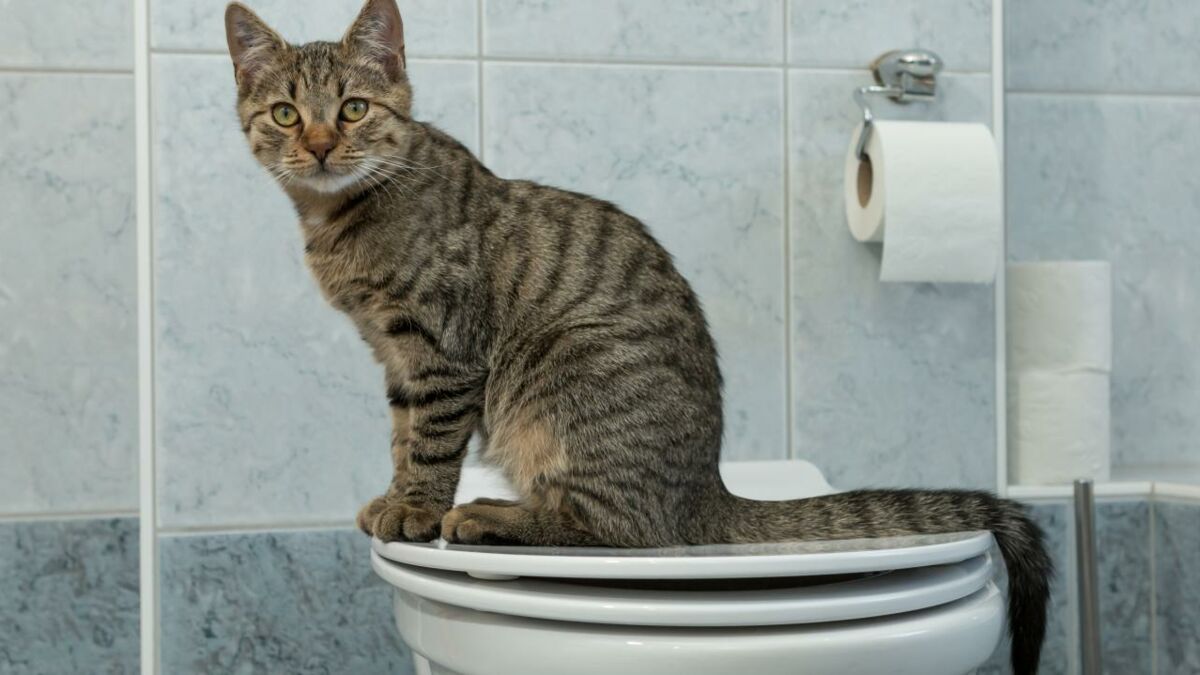Everyone has their private idea about How to Dispose of Cat Poop and Litter Without Plastic Bags.

Intro
As cat owners, it's vital to be mindful of how we throw away our feline close friends' waste. While it might appear convenient to purge cat poop down the commode, this practice can have damaging consequences for both the environment and human health and wellness.
Ecological Impact
Flushing feline poop presents hazardous microorganisms and bloodsuckers right into the water supply, positioning a considerable threat to marine communities. These pollutants can negatively affect marine life and compromise water high quality.
Health and wellness Risks
In addition to environmental issues, flushing cat waste can also pose health threats to human beings. Feline feces may contain Toxoplasma gondii, a parasite that can create toxoplasmosis-- a possibly severe ailment, particularly for expecting females and people with weakened immune systems.
Alternatives to Flushing
Luckily, there are safer and much more accountable methods to dispose of pet cat poop. Take into consideration the complying with alternatives:
1. Scoop and Dispose in Trash
The most typical technique of taking care of feline poop is to scoop it into an eco-friendly bag and throw it in the trash. Make certain to make use of a committed trash scoop and dispose of the waste quickly.
2. Use Biodegradable Litter
Go with naturally degradable cat clutter made from products such as corn or wheat. These litters are eco-friendly and can be safely disposed of in the trash.
3. Bury in the Yard
If you have a yard, consider hiding pet cat waste in a designated area far from veggie gardens and water sources. Make certain to dig deep adequate to avoid contamination of groundwater.
4. Set Up a Pet Waste Disposal System
Invest in a pet dog garbage disposal system particularly designed for pet cat waste. These systems utilize enzymes to break down the waste, reducing smell and environmental effect.
Final thought
Responsible pet dog possession expands past giving food and shelter-- it also entails correct waste administration. By avoiding flushing feline poop down the toilet and going with alternative disposal techniques, we can decrease our ecological footprint and safeguard human wellness.
Why Can’t I Flush Cat Poop?
It Spreads a Parasite
Cats are frequently infected with a parasite called toxoplasma gondii. The parasite causes an infection called toxoplasmosis. It is usually harmless to cats. The parasite only uses cat poop as a host for its eggs. Otherwise, the cat’s immune system usually keeps the infection at low enough levels to maintain its own health. But it does not stop the develop of eggs. These eggs are tiny and surprisingly tough. They may survive for a year before they begin to grow. But that’s the problem.
Our wastewater system is not designed to deal with toxoplasmosis eggs. Instead, most eggs will flush from your toilet into sewers and wastewater management plants. After the sewage is treated for many other harmful things in it, it is typically released into local rivers, lakes, or oceans. Here, the toxoplasmosis eggs can find new hosts, including starfish, crabs, otters, and many other wildlife. For many, this is a significant risk to their health. Toxoplasmosis can also end up infecting water sources that are important for agriculture, which means our deer, pigs, and sheep can get infected too.
Is There Risk to Humans?
There can be a risk to human life from flushing cat poop down the toilet. If you do so, the parasites from your cat’s poop can end up in shellfish, game animals, or livestock. If this meat is then served raw or undercooked, the people who eat it can get sick.
In fact, according to the CDC, 40 million people in the United States are infected with toxoplasma gondii. They get it from exposure to infected seafood, or from some kind of cat poop contamination, like drinking from a stream that is contaminated or touching anything that has come into contact with cat poop. That includes just cleaning a cat litter box.
Most people who get infected with these parasites will not develop any symptoms. However, for pregnant women or for those with compromised immune systems, the parasite can cause severe health problems.
How to Handle Cat Poop
The best way to handle cat poop is actually to clean the box more often. The eggs that the parasite sheds will not become active until one to five days after the cat poops. That means that if you clean daily, you’re much less likely to come into direct contact with infectious eggs.
That said, always dispose of cat poop in the garbage and not down the toilet. Wash your hands before and after you clean the litter box, and bring the bag of poop right outside to your garbage bins.
https://trenchlesssolutionsusa.com/why-cant-i-flush-cat-poop/

I'm certainly very eager about Can You Flush Cat Poop Down The Toilet? and I hope you liked our post. If you enjoyed reading our post plz make sure you remember to share it. Thank you for your time invested reading it.
Detail
Comments on “The Risks of Flushing Cat Poop in Your Toilet - Preventive Measures”